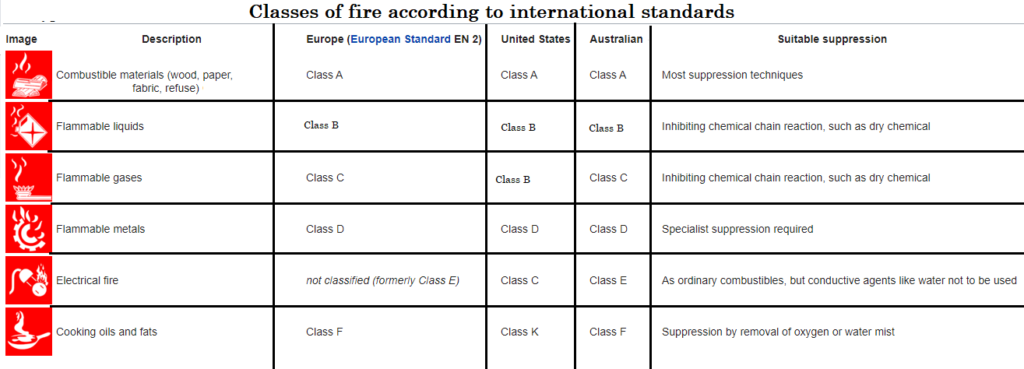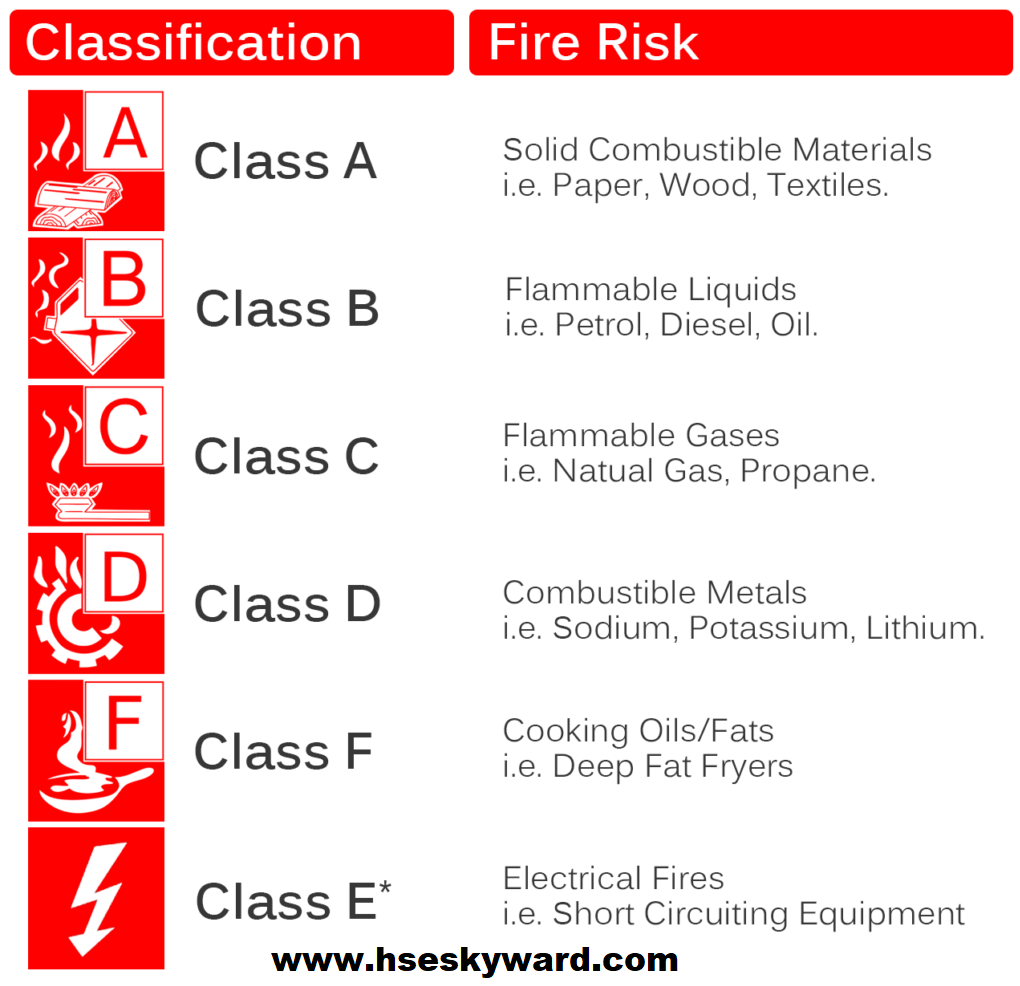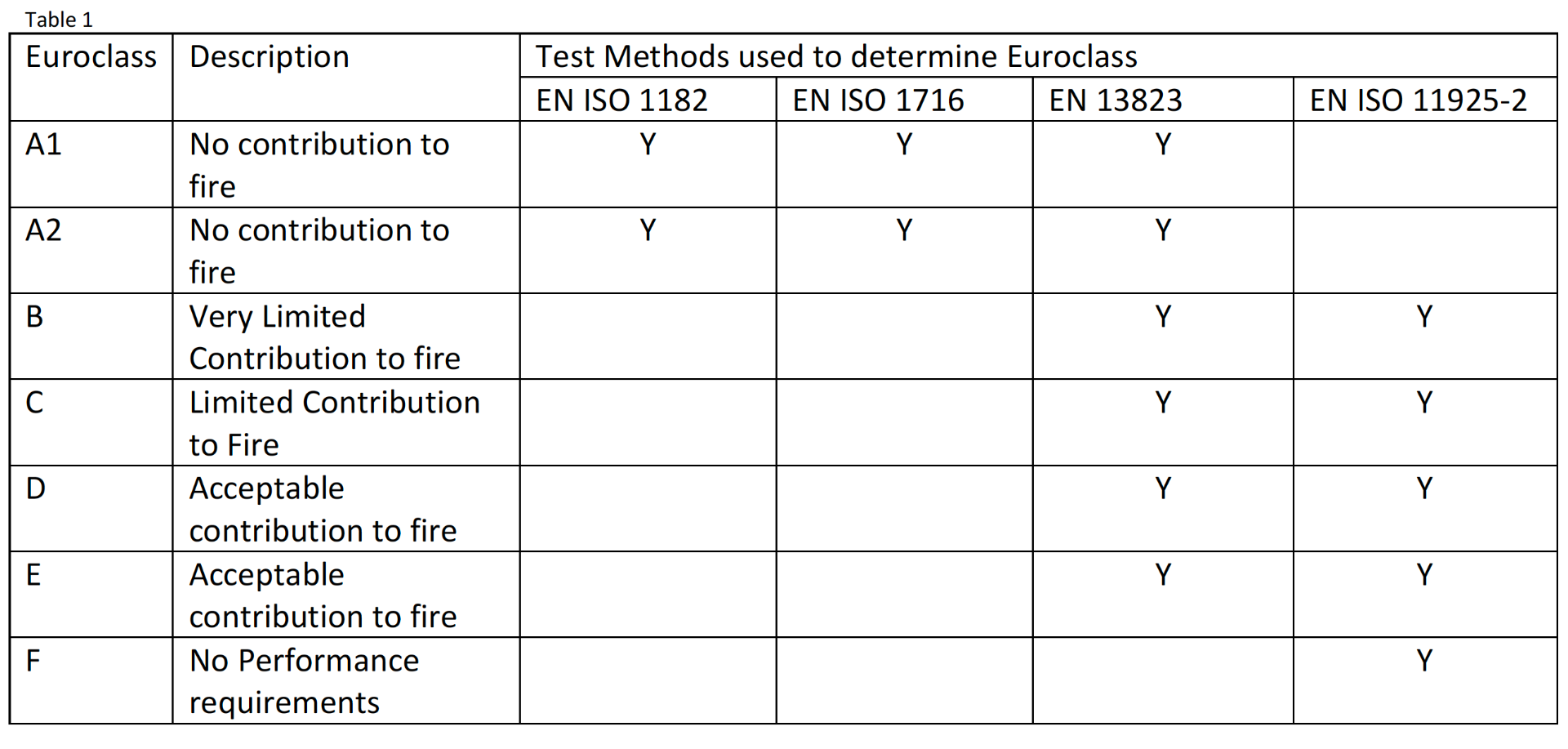Class B Fire Rating
These are the no flashover materials. They have very limited contribution towards the fire.

What Is Euroclass Fire Rating - Reaction To Fire - Gustafs Scandinavia
The class is always combined with an additional class for smoke (s) and burning droplets (d)

Class b fire rating. ‘b’ class divisions are those divisions formed by bulkheads, decks, ceilings or linings which comply with the following criteria: Class 1 is the best rating i.e. This classification is given after bs476 part 7.
The scale is divided into three classes. • for schemes higher than 2 storeys, through fixing of the render base coat to the primary substrate with all The abcs of roof fire ratings.
Class b fire retardants have a flame spread rating of between 26 and 75. Fire ratings explained passive fire protection, testing, and standards. Surface spread of flame test.
In general, inorganic materials such as brick or tile are class i materials. Class a fire retardants have a flame spread rating of between zero and 25. Flame spread 26 to 75 (other fr surface coatings) • class c or iii:
These materials are effective against moderate fire exposure. Reaction to fire is a classification of how much a material is contributing to the development of a fire in an early stage. These measures are concerned with;
The construction cladding materials of a2 cladding have limited combustibility properties. · the maximum flame spread is 6 feet for a class a rated roof, 8 feet for class b, and 13 feet for class c. To achieve the supplemental s label, a door must also pass for smoke and air infiltration.
A class 0 material must not only achieve a class 1 classification for spread of flame, but also bs 476 (part 6) fire propagation test, which measures the amount. The test produces a fire rating of class 1, 2, 3 or 4 depending upon how far a flame travels over a surface. • class a or i:
These materials are effective against severe fire exposure. What is a class 1 building material? Under such exposures, the roof coverings afford a degree of fire protection to the roof deck, do not slip from position, and are not expected to produce flying brands.
In order to comply with building regulations, measures to subdue the spread of fire to other parts of a building must be taken. While these materials are highly resistant to flame spread in the event of a fire, they are still considered combustible per the united kingdom’s fire regulations for external flooring. A whole wood material would be wood planks that are in the same form as they were when they were cut from the tree.
Class b is relevant for pu foam. In terms of components and coatings for the walls and ceilings, there are two key measures of fire testing. A ceiling element will bend down very much when exposed to high temperatures.
In addition, under conditions of a fully developed fire these products will not significantly contribute to the fire load and fire growth. Woodharbor 20 minute fire rated doors fall into category b classification as shown above. Severe fire test exposures • class b roof coverings, which are effective against moderate fire test exposures • class c roof coverings, which are effective against light fire test exposures.
Flame spread 76 to 200 (untreated lumber and plywood) frtw must have a flame spread of. Fire class is a term used to denote the type of fire in relation to the combustion material which has ignited. (a) they are to be so constructed as to be capable of preventing the passage of flame to the end of the first half hour of the standard fire test.
A class b fire is described as flammable liquids & gases such as gasoline, diesel, paint, kerosene, adhesives etc. Additionally, combustible systems installed above 18m irrespective of boundary distance must be classified to br135. Class b rated materials have limited applications.
Class b fire retardants have a flame spread rating of between 26 and 75. This means that the insulation covering the fixture/ recessed unit must have the same rating as the ceiling element. The testing methods are designed to simulate the incipient and growth phases of a fire to determine the fire class of a building material.
Class c fire retardants have a flame spread rating of between 76 and 200. The valid norm is differentiated into two fire protection classes. What ratings are required by.
The european classification system for fire protection was approved in the year 2001. These materials are effective against moderate fire exposure. A class b or class 2 fire rating is the next best rating on the list.
Insulation boxes or matting are to be used. The flame spread rating of class b would fall between 26 and 75. The slope of the test specimen is preselected, and since steeper slopes are more of a challenge due to melting material feeding the fire, the rating applies to the maximum slope passed.
Class b rated materials should never be used on buildings that are over 18 meters in height as you risk violating current fire regulations. Flame spread 25 or less (frtw, some fr surface coatings) • class b or ii:

Classes Of Fire According To International Standards - Hse Skyward

Fire Ratings Explained - Tristone Uk Limited

Classes Of Fire According To International Standards - Hse Skyward

Classification Of Fire And Hazard Types As Per Nfpa - Enggcyclopedia

Fire Safety Information Fire Safety Plans

Fire Ratings Explained

Basic Overview Fire Protection Fire Extinguishers Pro Tech

Abcs Of Fire Extinguishers Fire Prevention Services The University Of Texas At Austin

Fire Safety Information Fire Safety Plans

Fire Ratings Explained
Understanding Fire Rating Of Fire Extinguisher - Minimax India

What Is Euroclass Fire Rating - Reaction To Fire - Gustafs Scandinavia

Fire Rating Pid Floors Hardwood Floors

What Is Euroclass Fire Rating - Reaction To Fire - Gustafs Scandinavia

Fire Ratings Explained - Tristone Uk Limited

Above The Code Fire Testing For Walls The Altro Blog
Euroclass System

How Do Fire Ratings Work

Fire Ratings Explained